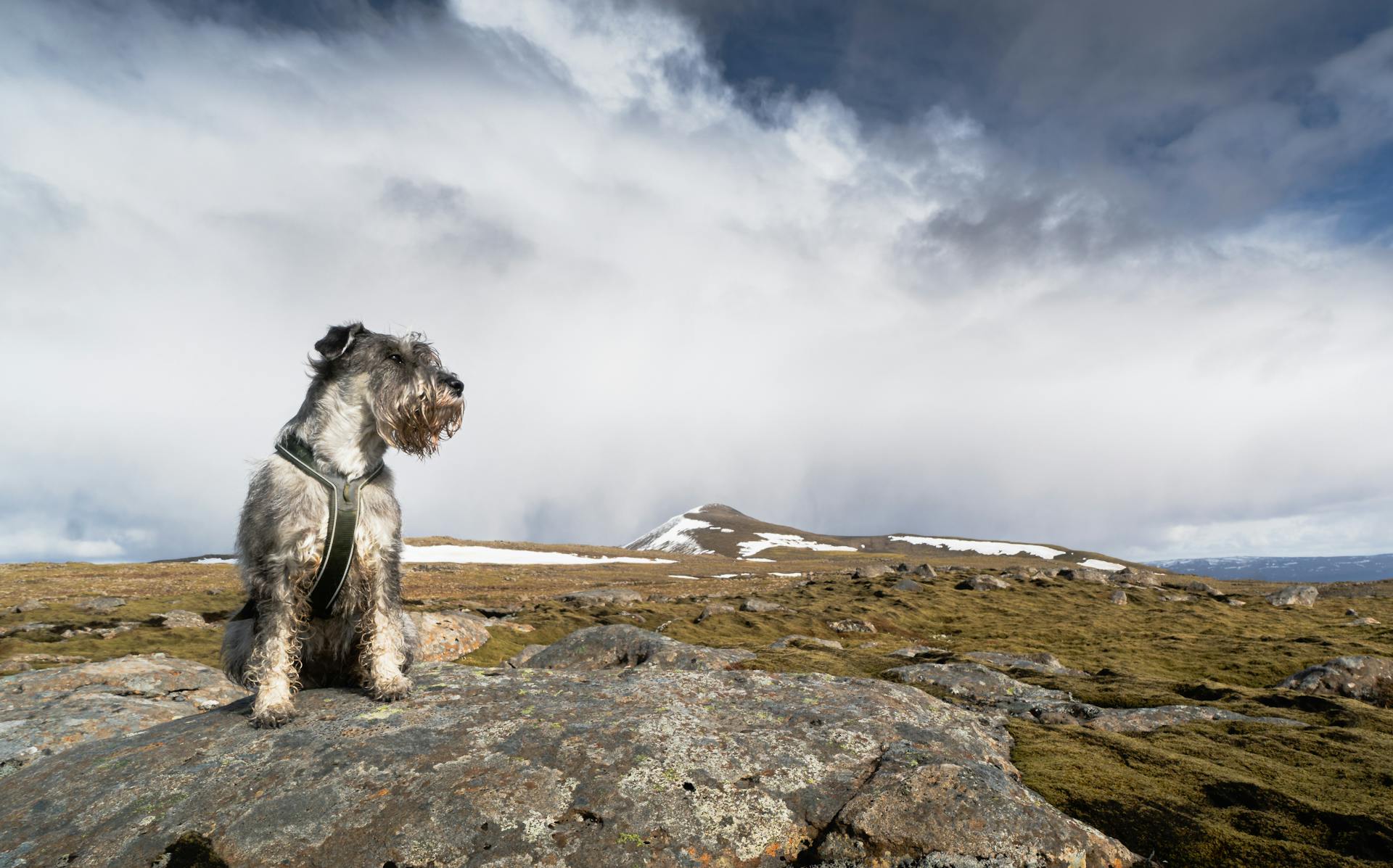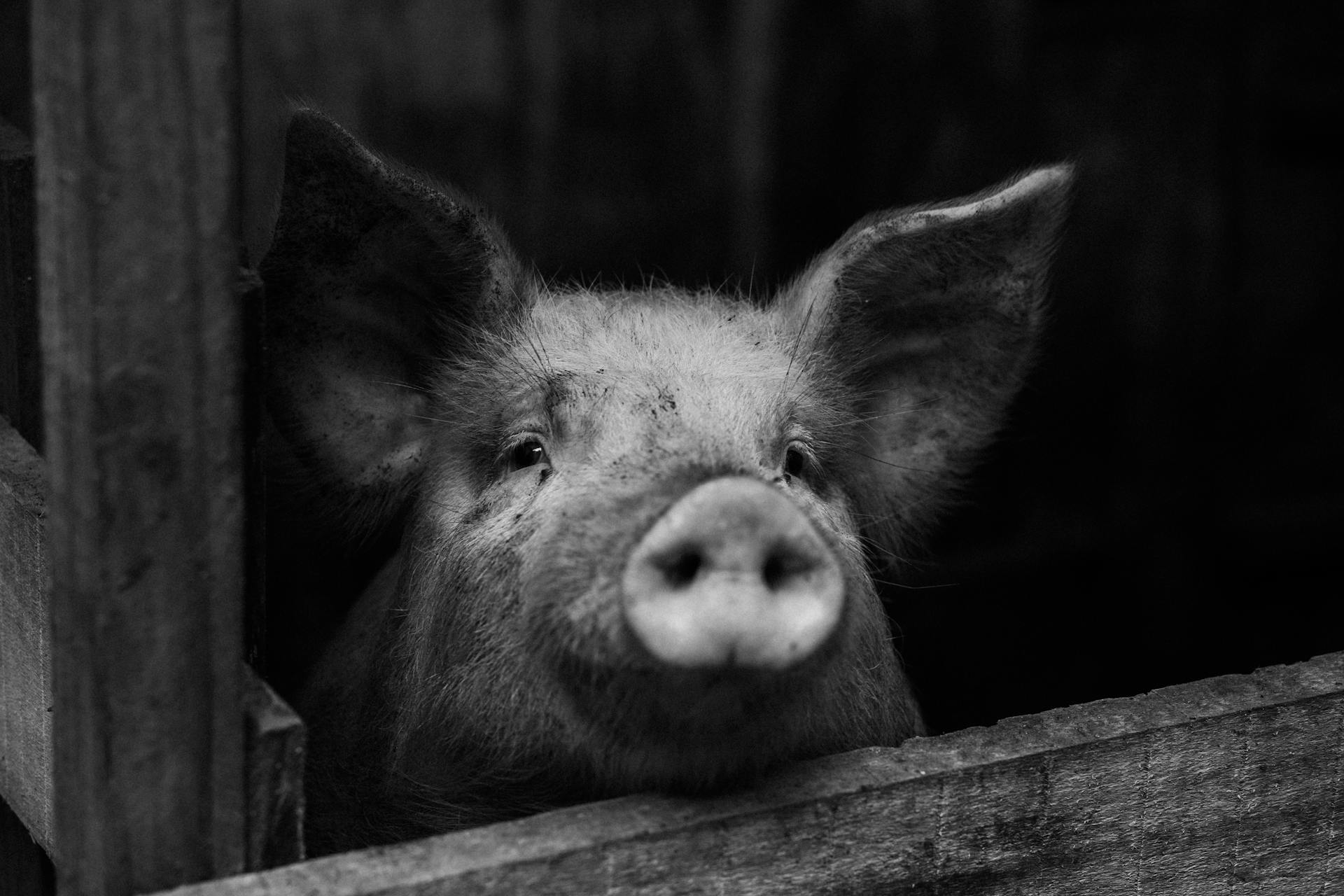
Horse ear nets, also called fly veils, are designed to protect your horse's ears from flies and other insects. They are usually made of a lightweight, breathable material and can be secured under the horse's bridle or halter.
There are a few different types of horse ear nets available on the market. Some have fringe on the bottom that helps to keep insects away from the horse's face, while others are simply a net that covers the horse's ears. Some even come with a built-in nose guard to help keep flies away from the horse's nostrils.
No matter what type of horse ear net you choose, the most important thing is that it fits properly. It should be snug enough to stay in place without being too tight and should allow your horse to comfortably move his head around.
Some horse owners also like to use fly masks, which are similar to horse ear nets but cover the entire face. These can be especially helpful in the summer months when flies are more prevalent.
Whatever type of fly protection you choose for your horse, be sure to use it every time you ride to help keep your horse comfortable and free of annoying insects.
On a similar theme: What Type of Brush Should Be Used to Brush the Horse's Tail?
What are horse ear nets used for?
nets are used for many different things. Some people use them to keep their horse's ears clean and free of debris, while others use them to protect their horse's ears from the sun or insects. Still others use them to help their horse focus and perform better during competition. No matter what the reason, horse ear nets are a helpful tool for many horse owners.
Most ear nets are made of a lightweight, breathable fabric such as nylon or mesh. They slip easily over the horse's head and fit snugly around the base of the ears. Some ear nets have a drawstring or elastic at the base of the ears to help keep them in place, while others have velcro closures.
Horse ear nets can be helpful in many different situations. If your horse is prone to ear infections, using an ear net can help keep his ears clean and dry. If your horse is bothered by flies or other insects, wearing an ear net will help keep them away from his delicate ears. If you're working your horse in hot, sunny weather, an ear net can help keep his ears protected from the sun's harmful rays.
Wearing an ear net is also beneficial for horses who are competing in dressage, show jumping, or other disciplines where staying calm and focused is key. Many horses are distracted by the movement of their own ears, and an ear net can help to keep their attention on the task at hand.
If you're considering using a horse ear net, be sure to choose one that is comfortable for your horse and easy for you to put on and take off. There are many different styles and brands available, so you're sure to find one that fits your needs.
You might enjoy: Fish Wearing
How do horse ear nets work?
Ear nets for horses are designed to keep flies and other insects out of the horse’s ears. They are made of a fine mesh material and fit snugly over the horse’s ears. The bottom of the ear net is open so that the horse can still hear and has good peripheral vision.
Flies are attracted to the horse’s ears because they are warm and moist. They can cause the horse to become agitated and uncomfortable. In extreme cases, flies can lay eggs in the horse’s ear which can hatch and cause an infection.
Ear nets work by physically blocking the flies from getting to the horse’s ears. The mesh is fine enough to keep the flies out but allows the horse to still hear and see.
Some ear nets also have a fly repellent impregnated into the fabric. This can help to keep the flies away from the horse’s head and ears.
Ear nets are an important part of horse fly control. They should be used whenever the horse is outside and there is a risk of flies.
Here's an interesting read: Fly Backwards
What are the benefits of using horse ear nets?
Ear nets for horses, also known as fly veils, fly bonnets, or Hackermasks, serve a variety of purposes. Most importantly, they keep flying insects out of your horse's ears, which can be extremely bothersome, and even painful, for your horse. They also help to keep your horse's ears clean and free of debris, and can help to protect your horse's ears from the sun and wind.
There are many different styles of ear nets available, to suit different needs and preferences. Some ear nets are made of mesh, to allow your horse to still hear while wearing them, while others are made of a solid material. There are also ear nets available in a variety of colors, to match your horse's coat or simply to add a bit of personality to their look!
Ear nets are easy to use, and most can be attached to your horse's bridle with velcro straps. Some models even come with a drawstring to help keep them in place. Most horse owners find that their horse gets used to wearing an ear net relatively quickly, and that they soon become an essential part of their horse's equipment.
So, if you're looking for a way to help keep your horse comfortable and safe from flying insects, an ear net is a great option. They're inexpensive, easy to use, and can make a big difference in your horse's enjoyment of being out and about.
A fresh viewpoint: Birds Fly
How do you put horse ear nets on a horse?
Most people who own horses know how to put horse ear nets on a horse. However, there are some people who may not know how to properly put horse ear nets on a horse. Ear nets are worn for a variety of reasons, including to keep flies out of the horse's ears and to help horses focus while they are competing. While there are many different ways to put horse ear nets on a horse, there is a specific way that is the most effective.
The first step to putting horse ear nets on a horse is to make sure that the horse's ears are clean. If the horse's ears are dirty, the ear net will not stay in place and will not be effective. The next step is to take the ear net and put it over the horse's head so that the net part is covering the horse's ears. It is important to make sure that the horse's ears are properly aligned with the ear net so that the net will stay in place and be effective. The next step is to take the string that is attached to the ear net and tie it under the horse's chin. This will keep the ear net in place and will prevent it from falling off.
Once the ear net is in place, it is important to check to make sure that it is secure. The best way to do this is to put your hand inside the ear net and feel around the horse's ear to make sure that the net is not too tight and that it is not going to fall off. If the ear net is not properly secured, it will not be effective and could fall off, which could cause the horse to get injured.
Now that you know how to properly put horse ear nets on a horse, you can help keep your horse healthy and free of flies.
A fresh viewpoint: What to Do If You Fall off a Horse?
How do you care for horse ear nets?
Horse ear nets are a fantastic way to keep your horse's ears clean and protected from debris. Here are some tips on how to care for your horse ear nets:
Be sure to clean your horse's ears regularly - this will help to prevent any build-up of wax or dirt which can lead to infection.
Avoid leaving your horse's ear nets on for extended periods of time - this can cause irritation to the skin.
If your horse's ears become wet, remove the ear nets and allow them to dry thoroughly before putting them back on.
Make sure that you clean and disinfect your horse ear nets regularly.
Store your horse ear nets in a clean and dry place.
If you follow these simple tips, you will help to keep your horse's ears healthy and protected.
Worth a look: Hay Nets Bad
What are the different types of horse ear nets available?
There are a variety of horse ear nets available on the market to suit the needs of different horse owners. nylon, cotton, lycra, and other materials.
Nylon horse ear nets are the most common type of ear net available and are most often seen at horse shows. They are typically made of a lightweight, breathable material and can be easily removed and put back on.
Cotton horse ear nets are less common than nylon ear nets but are still a popular choice for many horse owners. They are typically made out of a heavier, more durable fabric and can be more difficult to put on and remove.
Lycra horse ear nets are the least common type of ear net available but are gaining in popularity. They are made out of a stretchy, breathable material that is easy to put on and take off.
No matter what type of horse ear net you choose, make sure it is the right size for your horse's ears. too small and it could be uncomfortable for your horse, too large and it could fall off easily.
See what others are reading: Cotton Candy
How do you choose the right size horse ear net for your horse?
Horse ear nets come in many different sizes, so how do you choose the right one for your horse?
The first thing to consider is the size of your horse's ears. If you have a large horse with big ears, you'll need a larger ear net. If you have a small horse with small ears, you'll need a smaller ear net.
Next, consider the type of activity you'll be doing with your horse. If you'll be doing a lot of riding, you'll want an ear net that stays in place and doesn't move around. If you'll be doing a lot of grooming, you'll want an ear net that's easy to take on and off.
Finally, consider the price. Ear nets vary in price, so you'll want to find one that's affordable.
When you've considered all of these factors, you'll be able to choose the right size horse ear net for your horse.
Discover more: Size Trailer
How do you choose the right style of horse ear net for your horse?
There are many different types and styles of horse ear nets available on the market today. Choosing the right one for your horse can be a tough decision. Here are a few things to consider when choosing a horse ear net:
Function: The first thing to consider when choosing a horse ear net is what function you need it to serve. Do you need it to keep flies out of your horse's ears while riding? Or do you need it to protect your horse's ears from the cold while stabled? There are ear nets available for both purposes.
Size: Make sure to measure your horse's ears before purchasing a horse ear net. Ear nets come in a variety of sizes to accommodate different sized ears. You don't want to purchase an ear net that is too small or too large for your horse's ears.
Material: Horse ear nets are usually made from a variety of materials, such as mesh, nylon, or Lycra. Consider what material would be most comfortable for your horse to wear. Mesh ear nets are typically the most breathable, making them a good choice for use in warm weather. Nylon ear nets are usually more durable, making them a good choice for use in all weather conditions. Lycra ear nets are generally the most stretchy and comfortable for your horse to wear, making them a good choice for use in all weather conditions.
Color: Horse ear nets are available in a variety of colors. Choose a color that will complement your horse's coat color.
Style: There are a variety of styles of horse ear nets available, such as classic fly veils, bonnets, and ear covers. Consider what style of ear net would be most comfortable for your horse to wear and would best meet your needs.
Price: Horse ear nets vary in price, depending on the style, material, and brand. Consider your budget when choosing an ear net for your horse.
With so many different horse ear nets available on the market, choosing the right one for your horse can be a tough decision. However, by considering the function, size, material, color, style, and price, you can narrow down the choices and find the perfect ear net for your horse.
For another approach, see: What Do Horses Do When They Are Scared?
What are some common problems with horse ear nets?
There are many common problems with horse ear nets, but the three most popular ones are that they can cause the horse to have a head shaking problem, they can be very uncomfortable for the horse, and they can rub the horse's mane and tail.
The head shaking problem is caused by the horse's head being constantly in motion while the ear net is on, which can cause the horse to become dizzy and unsteady. This can be a very serious problem if the horse is in a competition or race, as it can cause the horse to lose its balance and fall.
The discomfort that the horse experiences is caused by the pressure of the ear net on the horse's head. The horse's head is constantly being pushed down by the weight of the ear net, which can cause the horse to feel very uncomfortable.
The third problem that is caused by horse ear nets is that they can rub the horse's mane and tail. The horse's mane and tail are made of very delicate hair, and the ear net can cause them to become tangled and matted. This can be a very difficult problem to fix, and it can also cause the horse to lose its beautiful mane and tail.
Broaden your view: Cats Rub
Frequently Asked Questions
Should you put a bonnet on your horse?
Yes, if your horse is regularly exposed to bugs or noise.
Do ear bonnets help horses with sensitive ears?
Ear bonnets do help horses with sensitive ears by providing some level of protection from noise, flies and wind. They can be a godsend for horses who are highly reactive to these elements.
Why do show Jumpers wear ear bonnets?
Wearing an ear bonnet provides a sense of security and calm to a horse during transport, as flies and other bugs can sometimes be bothersome.
Where to buy Horse Ear nets&ear plugs?
Equestrian Collections is the most popular resource for Horse Ear Nets & Ear Plugs.
What is an ear bonnet for horses?
An ear bonnet is a cloth hat that fits over the horse's ears. They are often used to keep flies and bugs away from the horse's ears, and also when turning horses out in the field or paddock.
Sources
- https://www.ridingwarehouse.com/Horse_Ear_Bonnets__Ear_Plugs/catpage-EARBONNET.html
- https://www.etsy.com/market/horse_ear_net
- https://www.besthorserider.com/horse-ear-covers/
- https://www.huaxingnets.com/advantages-and-disadvantages-of-feeding-from-a-hay-net.html
- https://equestrianstockholm.com/products/horse/horse-equipment/ear-nets/
- https://www.huaxingnets.com/health-benefits-of-using-a-hay-net.html
- https://heimduo.org/how-do-we-use-our-ears/
- https://short-fact.com/how-many-muscles-do-horses-have-in-their-ears/
- https://equilineamerica.com/horse/horse-ear-nets-fly-masks/
- https://www.equestrianmag.com/hay-nets-for-horses/
- https://www.equestriancollections.com/horse-equipment/horse-ear-nets-ear-plugs/
- https://www.etsy.com/market/horse_ear_nets
- https://horseandrider.com/how-to/slow-feed-small-mesh-hay-nets-benefit-horses/
- https://equestrianspace.com/why-do-show-jumpers-wear-ear-covers/
Featured Images: pexels.com


